Setting up a Permaculture Farm
6 Months at Ridgedale Permaculture, Sweden
Reflecting back on our first season on the ground establishing Agroforestry, Holistic Planned Grazing, Kitchen Gardens and various other systems from scratch. It has been an amazing ride, so many incredible people from around the world made this possible; good team, clear design & a lot of well coordinated hard work.
It is impossible to capture the incredibly diverse & rich experiences that have taken place here this year. It has been such a pleasure to share this unique time and learning opportunity with so many bright and dedicated folks committed to being of benefit through their actions, enterprises and work. Part of our vision is to be able to offer people experiences that can really empower the design approach and practical skills we see as necessary for farming, managing projects, etc. We ran three PDC trainings and two 10 Week Internships this season, rather intense by any standards, but laden with such rich learning possibilities as we designed & installed systems from scratch.
Being short on finances our aim was to buy a farm we could move into immediately and install a design to regenerate and reinvigorate the ecosystem whilst making a viable farm enterprise. Our budget for the entire project is less than most people spend on their houses in Europe, making this an interesting challenge given the economic situation in Sweden. Properties are usually sold via a bidding process here in Sweden and sadly a lot of beautiful small farms go for holiday homes and the land base is never fully utilized. We had defined about 50 clear goals including the climate zone, distance from international travel, relative location to market for “beyond organic” high value local produce, sloping land where we could utilize gravity and create a clear visual demonstration of the aspects of design we teach, some forestry for repairing buildings and building infrastructure and a whole host of other things. We also did not want to have to spend years renovating buildings rather than farm but we had a relatively tiny budget, so rural Sweden it was. We would turn up at a viewing and manically design up the property to decide if we could achieve our objectives only to be quickly outbid. It was an exhausting process squeezed between my international travel schedule and we had almost given up when we came across Ridgedale.
A thrifty couple that raised pigs and farmed horse drawn until 20 years ago previously owned the land. The land had not been worked since and degrading pasture stood testimony to the lack of animals on the landscape. We designed Ridgedale as a pasture and perennial crop based system to maximize photosynthetic capture whilst ensuring low input management for the future, valuing our most renewable source of energy; the sun. We have used Keyline Design as a framework for prioritization in most of our design work over the last few years and this also frames the pattern of land use. We have strips of pasture with multiple complimentary animal species grazing through Agroforestry strips of fruit, nut and berry production. At 59 °N light is a limiting factor and so we stack layers of cropping quite intensively to make the most of the short season.
Ridgedale is set on 10 Ha with pasture, forest, streams and sloping land with good solar orientation we have a great platform to begin regenerating the soils mineral and water cycles and build increasingly diverse habitat whilst producing very high quality food for the local community. One unusual aspect to the farm is that we aim to meet the majority of our own food needs first, and then produce a surplus to sell. Farming economically at this scale requires low initial debt, utilizing local waste streams, producing our own needs and focusing on high quality value added products. When we say our “own” food that includes a bustling average population of 25- 30 folks who come to participate in trainings at the farm for half the year. This year we established 600m2 of annual vegetables in our contoured No Dig Beds and Polytunnels, and in 2015 we will be experimenting with innovative ATV cultivation, and look into extending annual production for a CSA. We plan to start this slowly and “feel into” the demand, partly as we have so many other commitments.
We ran a successful fund raising campaign through the Permaculture Crowdsourcing site WeTheTrees and imported an American machine than can till, seed & pack anything from grass to beans using a simple quad bike. They are used widely for planting feed plots for deer hunting in the US, but caught our attention when we considered how to plant grains for our chickens and field scale crops to feed the hundreds of hungry mouths that pass through the farm each year. As we all know, most of our industrially grown food today is usually bathed in Diesel. We figured if we could grow field scale crops with a simple Quad bike then we could supply our own grains, oil crops and staples with relative ease. It has been shown than soil organic carbon can be sustained in some annual cultivated agroforestry systems, but to be sure we minimize our impact we will be working on very long rotations through the conveniently parceled rows between our tree crops and companion planting field crops. The tillage is also very shallow compared to typical agricultural practice, and we will never cut through the first soil horizon with this set up. We use compost teas, home made bio- fertilisers & cover crops to maintain soil health.
Designing at a farm scale involves a little more complexity, more systems to functionally interconnect, finances are usually stretched and there’s generally just a lot going on. That’s especially true in a Swedish spring when growth is explosive, and in autumn when harvesting and storing nutrient dense food and medicinal crops to keep up vitality through the long dark winter.
When working with a tight budget building multi- use infrastructure, intercepting waste streams and designing everything to work with the landscape is vital. Running a project or farm of this nature is about responding to whatever needs attention whenever it needs attention. Responsibility. We’ve been using this initial and unique year setting up the farm from scratch to educate a lot of folks from around the world in how to design, organize and implement such systems. The response has been amazing with hundreds of folks from 25 different countries coming through the farm in 2014. We have been so privileged to host such incredible folks at the farm this year, and blessed to have such an amazing Core Team who support the running of all aspects of the farm.
We began the season by laying out the No Dig vegetable beds, converting barns, creating a workshop, building a polytunnel, installing a RAM pump to supply fresh water that reticulates around the farm ready for mobile animal grazing then got busy planting thousands of fruit and nut trees and berry crops planted to maximize solar gain amidst the strips of pasture.
We bought a large supply of our trees in the UK, partly due to supply but a lot to do with cost. Sweden is extremely expensive with some of the plants we bought being 5 times the price locally. With European plant passports opening up we decided it would serve us best to go with the high quality nurseries we already had relationships with. When buying pot grown trees it is worth considering how trees get their nutrition in nature. Organic compost may be fine for a vegetable that is going out in the ground within a few weeks, however a poor start for a perennial means permanent compromise. We like root trainers and pre-inoculated trees fed by slow release fertiliser if going for potted plants. Whilst this may be controversial for some, you really want to consider pattern here. Nearly everything we bought was bare root, making them cheaper and suited for transport in their dormant stage. First job was timing the arrival of the plants to the UK the day I got back from a teaching & consulting jaunt in SE Asia and Mexico so I could be there to deal with vulnerable plants immediately. This went like clockwork and I booked a van with a friend and we drove the 24 hrs through 7 countries to get the plants to the farm and move into our new home, saving in the region of $80- 100,000 in the process!
Pasture is not the optimum starting point for establishing trees. Grasslands are bacterially dominated through to balanced fungal: bacterial ratios in the late successional grasses. Shrubs and vines tend to thrive in F:B ratios of 2-5:1; whereas with our tree crops we are talking F:B ratios of 5-100:1 or more (up to 1000:1 with conifers and old growth forests). Cultivation of soil selects for bacteria
In addition, the cultivation will lead to a profusion of grasses. It does, however, give us opportunity to sow a diverse cover crop and plant trees and shrubs into well-prepared ground whilst dealing with the overall water considerations of the site. Our job as engineers of this designed process is to help steer everything possible towards the set of chain reactions (the succession) that we desire.
The mounded tree lanes were seeded immediately to kick start succession with plant assemblies we would actually like, timing being critical in this whole process. Once the tree mounds settled the tree and shrub crops were planted as bare roots / modules at regular spacing’s. In the back field there are two rows of crops planted according to their height to maximize solar collection due to the general E to W row orientation. In the front field the main tree crops are planted over a central rip with shrub crops on either side, due to their N to S orientation: The trees and shrubs are of high value, and longer-lived perennials deserve a good start in life. Bare roots are dipped in diluted molasses & kelp mix during planting out then watered in with 20l of the same to help kick start fungal symbiosis. We used recommended doses of commercial fungal inoculants and will be continuing compost tea applications throughout the season. (Kelp and fish products can also be useful in boosting initial tree growth.) We also added rock dust around each tree/ shrub. It is worth considering the relative placement of any amendments. Adding everything to a planting hole can possibly limit the organisms desire to root outwards in search of goodies. We also have compacted land that has not been grazed effectively (or utilized otherwise) for many years, with a consistent plow pan at 20- 25cm depth. We needed to prepare the ground for planting, lift compaction, deal with water and establish a multitude of support plants simultaneously.
This is where innovative use of equipment and allowing the geometry of our topography to pattern our farm can serve us very well. Below you see a quick sketch of the process of establishing our perennial lanes to this beautiful Keyline geometry. There are many ways to establish trees, with more or less technology. The scale we are working on, whilst not particularly large, suits the machinery we have at hand for an efficient and multi-functional result. We imported a Keyline Plow from Australia last year for consultancy/ development gigs as well as a resource for the wider region. We also imported an old French Simon Bedformer (typically used for vegetable bed formation on ploughed & weathered land) This model is a 1.8m twin rotor 90hp job capable of burying stones with it’s 2nd rotor, giving a better planting surface. We wanted this machine due to it’s ability to create “swale” like mounds on the sides of the beds (2.2m at bottom of the cut, see video below). It also worked well for us in terms of the planned plant spacing. Anticipating this would not easily run through pasture we also bought a vintage Lely power harrow. Modern harrows are usually really wide, and this was the only model we could find that matched up with out bed width.
As with any design work, the mapping and conceptual design process leads us to an accurate digital layout where we can generate a bill of quantities efficiently. The length of tree lanes and our chosen spacing’s allows rapid calculation of plant stocks required.
Main Tree Crops
- Apple
- Pear
- Plum
- Cherry
- HazelSea Buckthorn
Main Shrub Layers
- Raspberry
- Blackcurrant
- Redcurrant
- Gooseberry
- Hazkap
Marginal & Contour Plantings
- Goji Berry
- Japanese Quince
- Edible Rowan
- Chinese Mahogany (leaf crop pollard)
- European Lime (leaf crop pollard)
- Mulberry
- Elder var.
- Juneberry
- Chokeberry
Support Species List (hand broadcast seed)
Our groundcover mix was sown into the formed tree beds immediately after mulching trees & shrubs to quickly establish perennial groundcover. The multiple benefits we are looking for are nitrogen fixing, mineral accumulation, edible crops, insectary and nectary sources as well as protecting the soil. Having perennial support plants helps tip the F:B ratios in our favor, and the addition of chop and drop mulch and woody compost from deconstructed biomeilers will ensure a good supply of fungal food is present. Rock dust, kelp, provide the wide mineral spectrum being necessary to encourage fungi in depleted agricultural soils. Whilst there may be a few annuals and self-seeders in the mix, some of useful perennials we include are;
- Petasites japonicus
- Agastache foeniculum
- Armoracia rusticana
- Dryas octopetala
- Foeniculum vulgare
- Glycyrrhiza echinata
- Medicago sativa
- Origanum vulgare
- Thymus vulgaris
- Aegopodium podagraria
- Allium tuberosum
- Astragalus cicer
- Bunias orientalis
- Centranthus ruber
- Chenopodium bonus-henricus
- Diplotaxis spp.
- Dryas octopetala
- Hedysarum boreale
- Hemerocallis spp
- Lupinus spp
- Oxyria digyna
- Physalis heterophylla
- Physalis longifolia
- Pycnanthemum spp
- Rheum australe
- Rumex acetosa
- Rumex acetosella
- Rumex scutatus
- Sium sisarum
- Stachys sieboldii
- Symphytum uplandicum
- Symphytum grandiflorum
- Trifolium repens
- Trifolium pratense
- Angelica sylvestris
- Perideridia gairdnerii
- Petasites japonicus
- Myrrhis odorata
- Oenanthe javanica
- Origanum vulgare
Effectively planning the workflow for farm work is essential for motivation, efficiency & generally getting the job done right. Adapting existing infrastructure for multiple functions & utilizing local waste streams is a key factor in Ridgedale existing. With a farm purchase/ development budget lower than the average cost of a small house in Europe we are creative with resource management and always seeking to stack functions. (The Bison 1.0 having served it’s purpose has morphed into version 2.0, a mobile egg-laying house rotating around the pasture strips sanitizing the cows. In winter the box is unbolted & jacked up and Layers moved to the polytunnel. The Wagon morphs to version 3.0 for winter logging work with the option 4.0 being a charcoal wagon utilizing an old wicker basket that overhangs the whole wagon)
Our first job was to subsoil the paddocks on the Keyline patterning explained in this previous article. The tree lanes were marked out on the 12m spacings we are working on in the front field with 18m on the top fields. 10m headlands allow easeful turning of machines, which in our case is likely to be Keyline subsoiling over the next years, small hay cutting rigs and quad bike harvesting in the future. One of the benefits of the systems we are establishing here is that we will not need anything larger than an old 2nd hand machine after this initial work is complete.
After deep ripping with the Yeoman’s plow we tested the Simon bedformer and to our surprise it cut through our fairly dense sod with no problems. We took 2 or 3 passes to get the finish we wanted, the 3rd pass necessary only in the front field which has a higher clay content.
Tillage was necessary to meet our goal of broadcasting a diverse range of perennial support species which includes perennial salad crops, Dynamic Accumulators, Nitrogen fixers and Nectary plants. Tillage naturally selects for bacteria in the soil food web, and so amendments were made to help begin the rapid spread of mycorrhizal fungi in the tree lanes. We used recommended doses of the mycorrhizal fungi; 25g for bare root trees, 10g bare root small shrubs @30cm and 5g for bare root canes. Each tree had 2 cups of rock dust 50cm outside the centre stem. 3.5ml of concentrated kelp extract per plant and diluted sugarcane molasses root dip/ watering in solution. This was then topped with cardboard for the trees/ newspapers for the berries and 1 wheelbarrow of wood chip for each tree, 0.5 barrows for fruit canes.
During 2014 we introduced dairy cows and goats for the farm, raised several batches of Broiler Chickens and Layers as well as sheep. Having moved to the farm in winter we planned all our grazing before we began using Holistic Management Grazing methodologies at the same time as conducting various field surveys to learn more about exactly what was growing and happening in our pasture. Our amazing Farm Manager Kate conducted Sward and Invertebrate Studies to allow us to better plan the grazing and understand the species we are working with and how to manage the animals and landscape optimally. This led to the observation and understanding of how after 96 hrs the number of dung beetles in the cowpats had declined massively whilst the number of fly larvae was at its peak. Cue the layers!
By timing the movement of the Layers after the cows we can optimize the beneficial interaction of these different species in a mutually beneficial manner. The Layers are diesel free muck spreaders that love the Omega rich maggots and save the flies bothering the cows, and we get eggs as a by- product of all this healthy interaction. To make a future- proof and economic enterprise we have to mimic ecosystem processes.
We also brought in sheep which we will be breeding up to a larger flock. At present we feel like sheep, broilers & eggs will be our primary enterprises and in a couple of years berry & tree fruit production will begin to trickle in. With so many hungry mouths to feed coming through the farm during the year it will take a while to over- produce!
We run our production appropriately with the seasons to minimize wastage of non- renewable energy. That means we have a lovely cycle of 6 months of intensive long days and 6 months down time to rest and recuperate as well as catch up with work abroad; a nice cycle that allows us to be somewhat flexible in our lifestyle. The winter is all about reviewing and designing; with plans to scale up our productions commercially utilizing the careful research conducted this year.
Other projects in the later part of 2014 included planting out our “nut field” with several species of walnut and a few other nut varieties to trial. We are shipping in nuts from all over the place to grow out and hope to find genetics suited to life at 59 °N. We inoculated 350m of mushroom logs of 13 species to produce a yield in the riparian buffers.
The second group of Interns also built a beautiful cob oven and herb bed for planting up next spring, made some great composts, BioFert’s and teas to build up populations of beneficial micro- organisms and ensure nutrient cycling in the intensive gardens remains stable.
Fresh herbs, fresh pizza!
We also managed to fit in time to design half a dozen other farms and properties, including taking the Intern’s to Norway to design one of the sweetest small farms in a long time, spring fed reticulation system for mobile animals with 80m head pressure available. Magical places and magical people, it’s been an action packed 6 months to say the least!
It’s clear to us that there is nothing a group of hard working folks cannot do when committed to be of benefit. Whilst we have never worked so hard in our lives it has strangely felt almost effortless this season. Whatever the future of farming will look like, it is sure to involve biomimicry and people, that’s for sure!
Plans for 2015 involve a lot more tree planting, introducing pigs into forest pastures, scaling up layer & broiler production commercially as well as creating several water features in the landscape. We’ll also be working on passive solar heating, pond building and continuing our experiments with Jean Pain composting plus a whole bunch more. We are using the down period to build new portable and multi- functional animal shelters and working on processing and marketing locally. Plan, plan and plan! We will also be running intensive trainings again throughout the summer with a focus on supporting more folks to step into professional design as well as encouraging even more people to start land based enterprises of their own. You can follow us via the website or our Facebook page if you’d like to stay in touch, we post a lot of regular updates and insights and document our process so it can benefit others who can’t be here!
Richard Perkins is joint owner & lead designer at Ridgedale Permaculture, Sweden. He runs innovative & intensive summer trainings at the farm including the “8 Week Farm Scale Permaculture Internship” program as well as consulting to farms, projects and Industry. Visit www.permaculture.se for more details



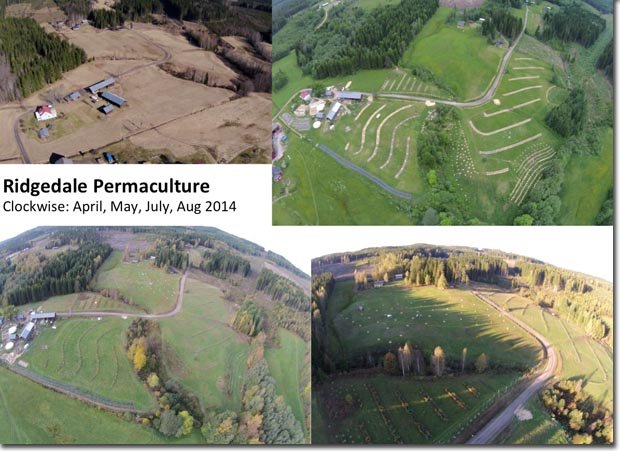
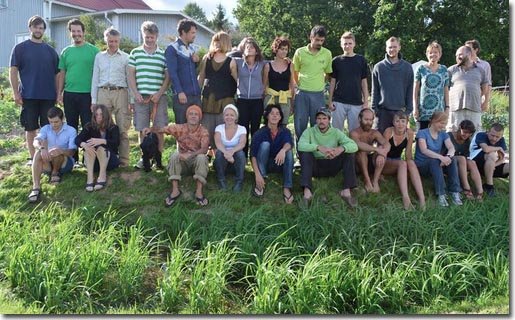
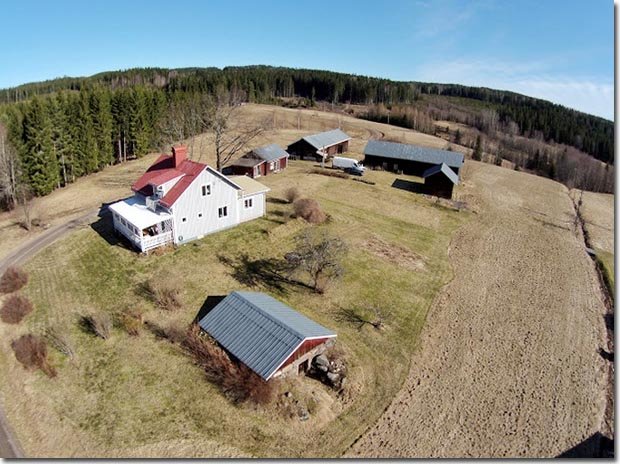
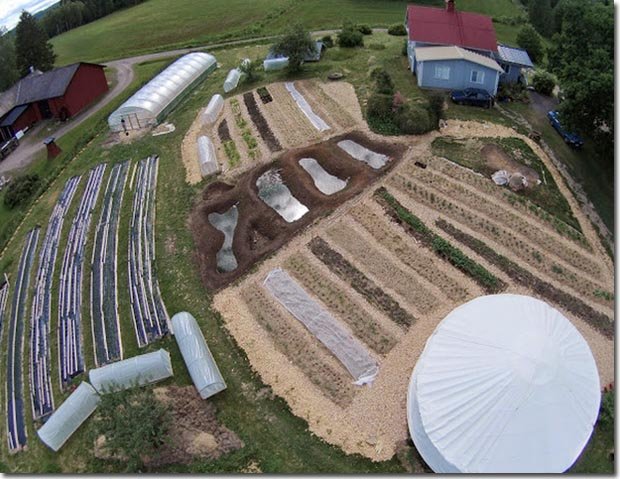

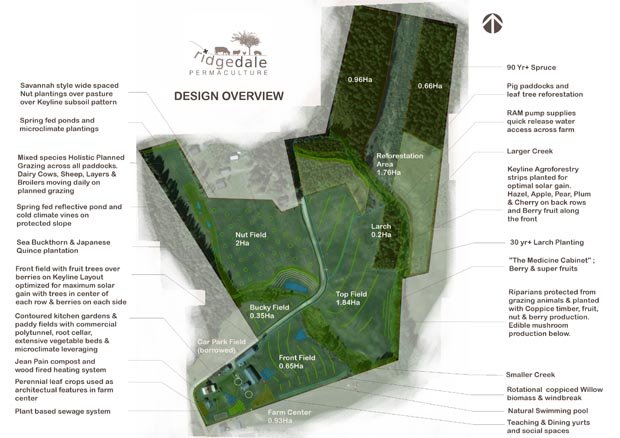
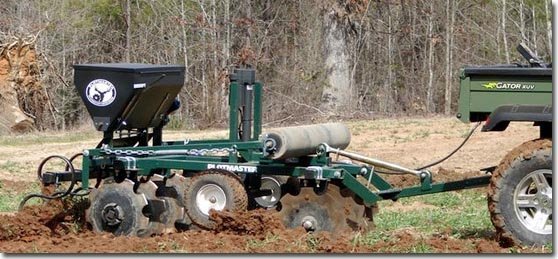
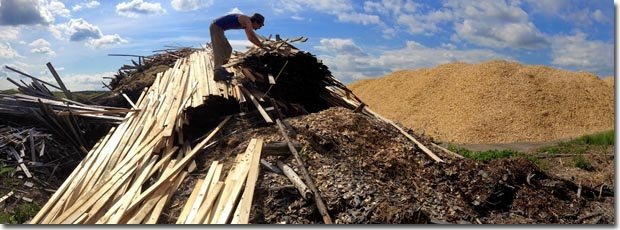

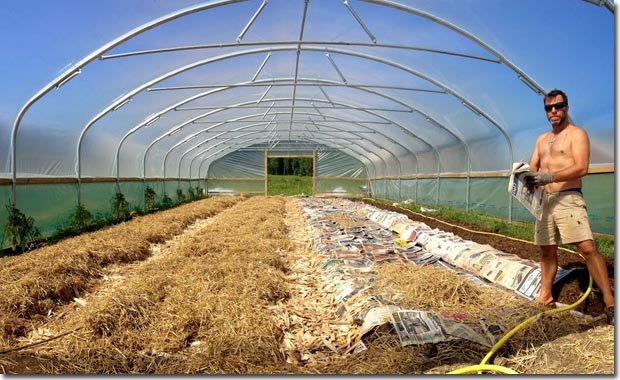
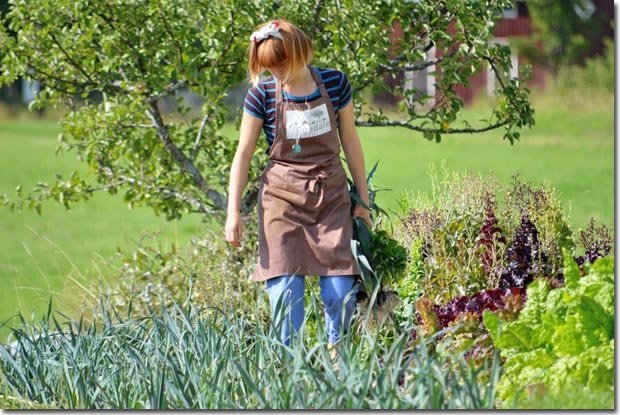
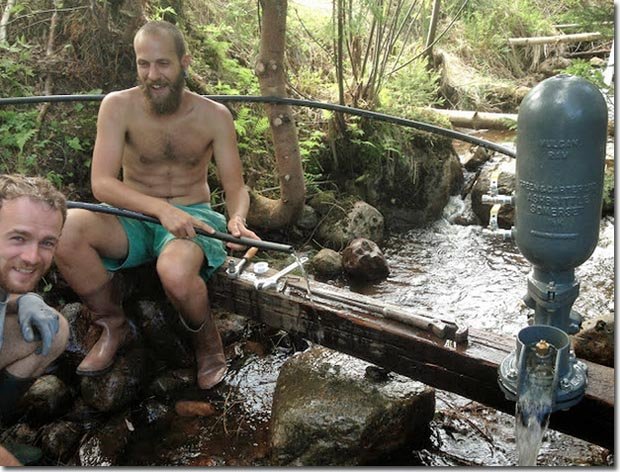
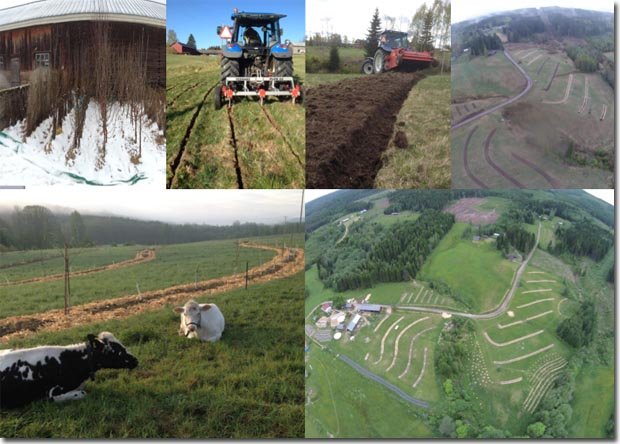


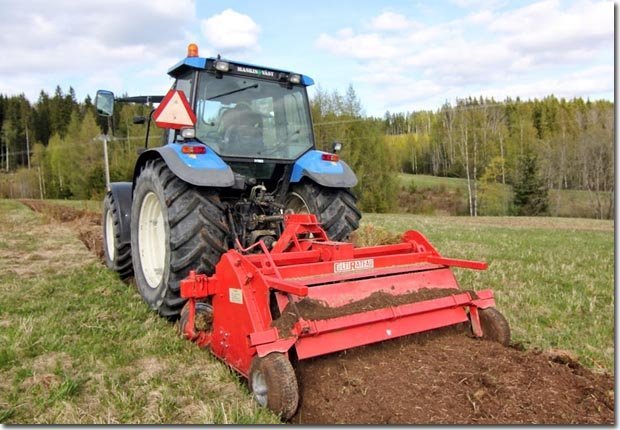
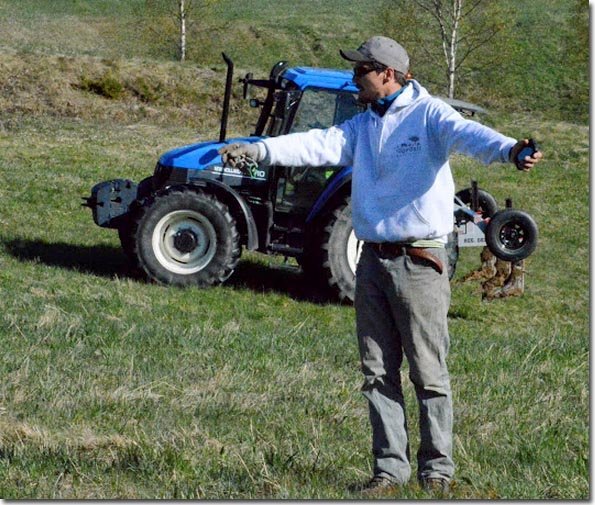
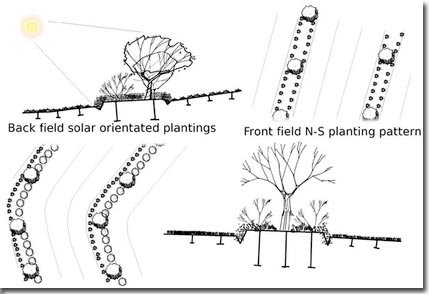
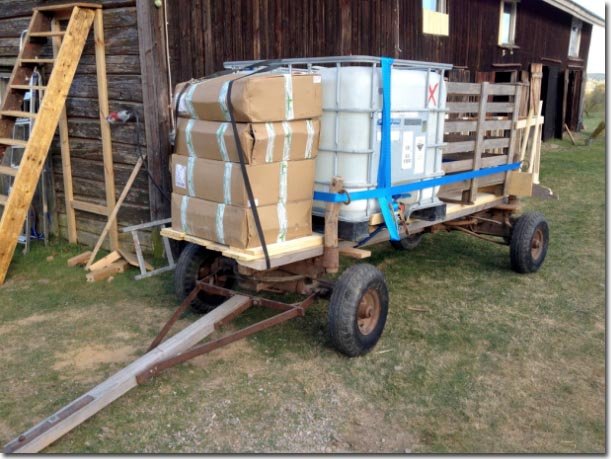
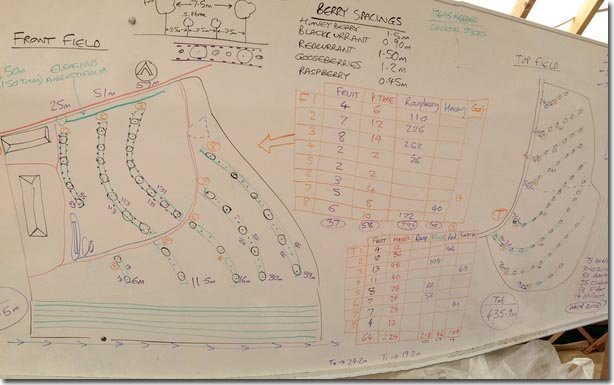
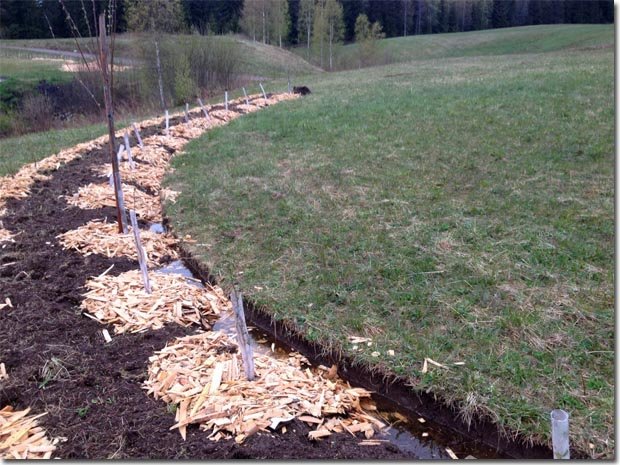
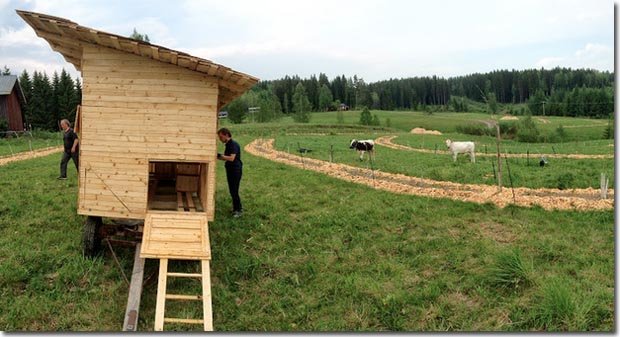

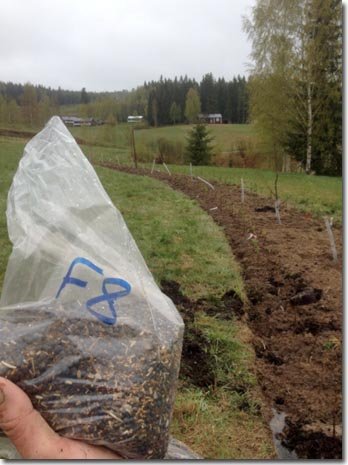
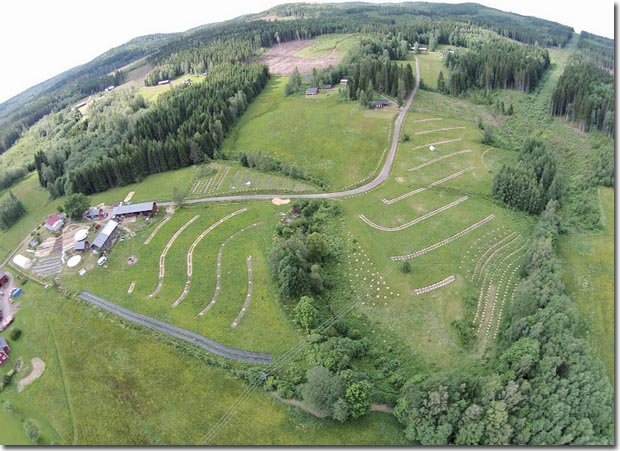

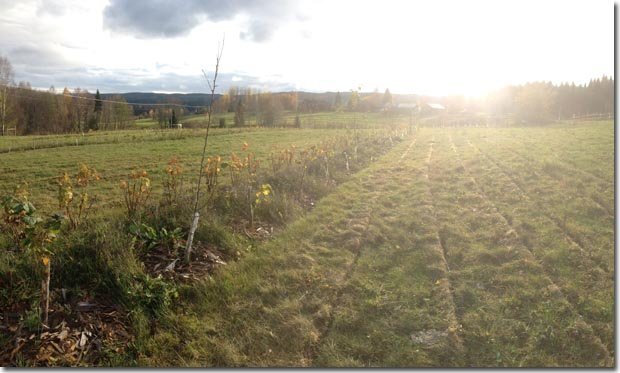
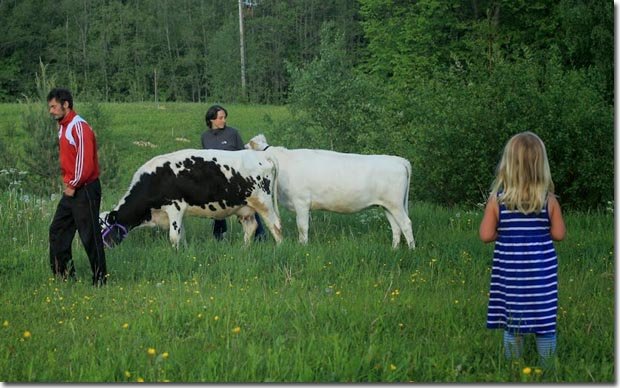
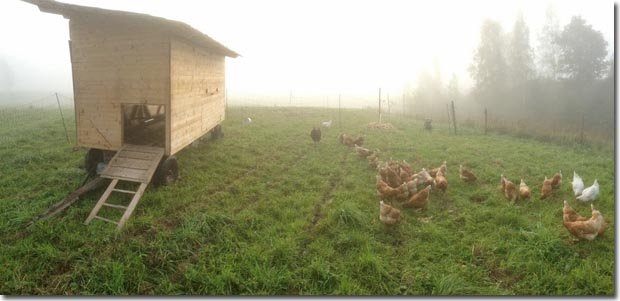
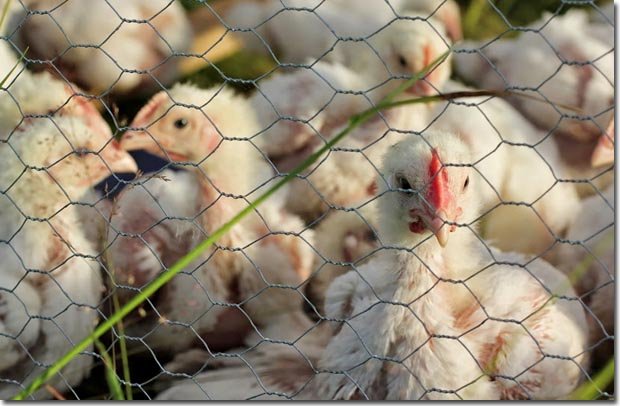
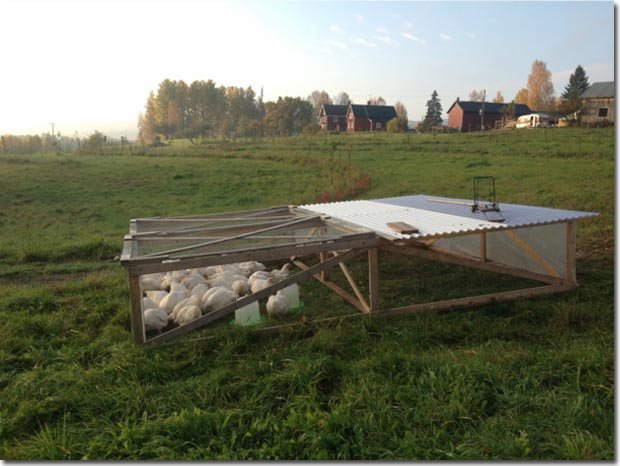
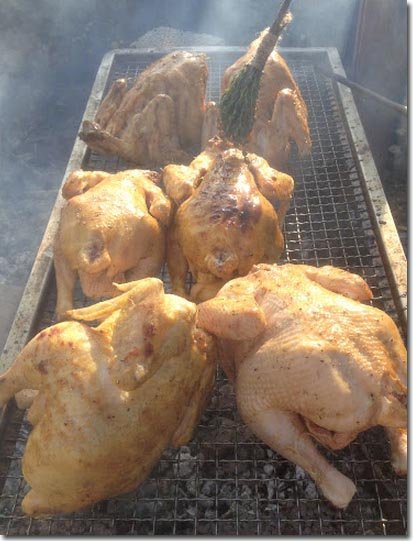

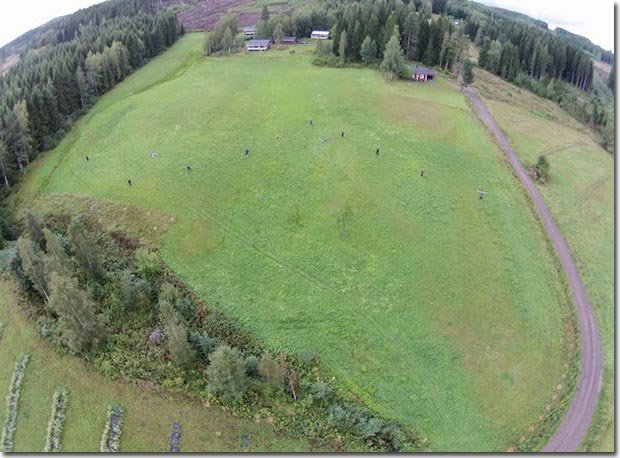
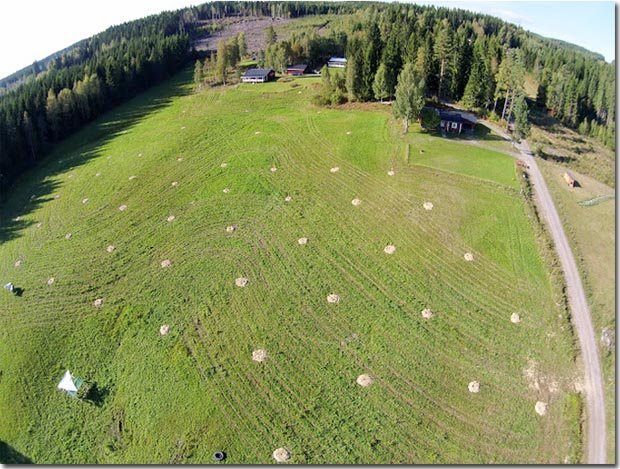
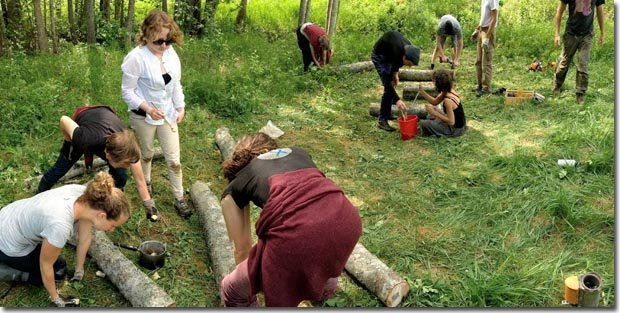
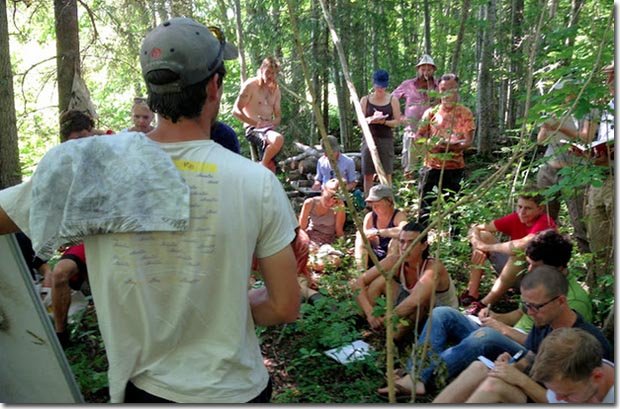
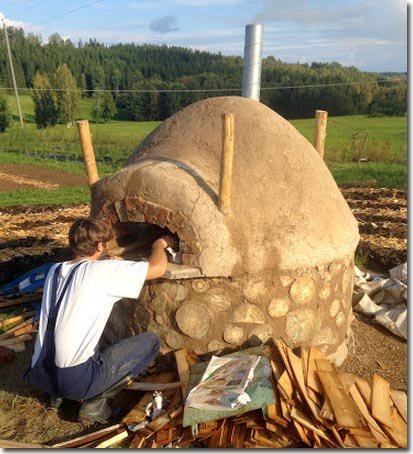
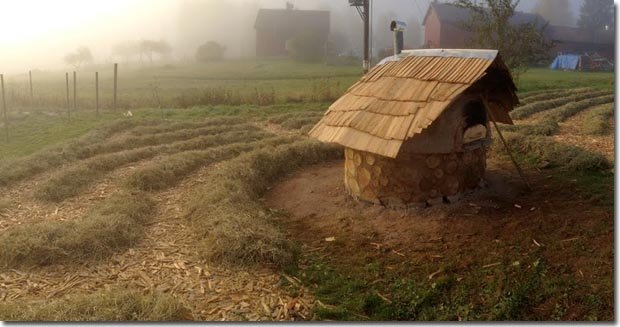


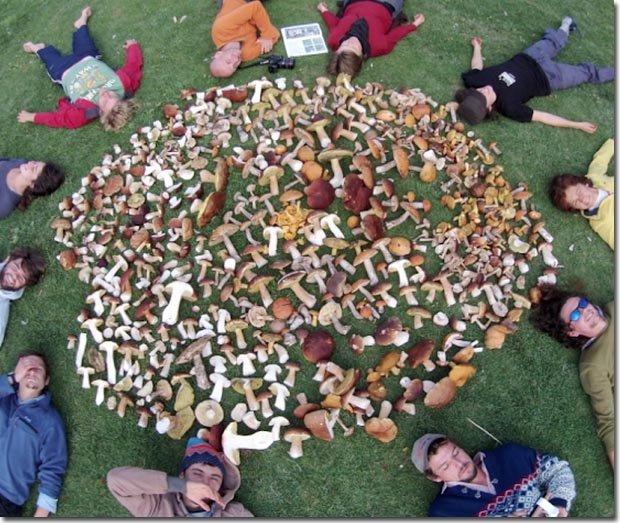
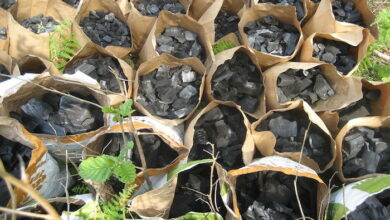









Gday there,
I really appreciate your posts. They are always comprehensive, informative and holistic in their expression.
Much thanks,
Glenn
What an inspiration to those of us who can currently only dream of such. keep us updated with future progress. Maybe one day God willing I will be able to achieve similar.
Fantastic and inspiring. Thank you.
Amazing work! What brilliant inspiration………………….
Speechless and mightily impressed with your efforts. Inspired and hoping winter is allowing some creative rest for you all…Suddenly, the Canadian climate left behind a quarter century ago looks inviting again.
Beautiful work, Richard. Love the documentation, vision, and execution. Would love to make it out to one of your sessions in the future. Keep up the awesome work!
Wow, magnificent, and in only 6 months, incredible! I have 82ha in Limpopo (South Africa) a design and a reasonable budget (R150 000) but no help and I’m disabled. I’ve
applied to become an affiliate of the PRI (Geoff Lawton) as a training and demonstration site and hopefully this will boost my chance to achieve what you have. Also forming a non-profit for fund-raising purposes. Going to need someone to manage the whole thing for me as I’m incapable and lack sufficient knowledge. Any takers?
Extraordinary! What a write up. We have been introducing some of the inspiration that you’ve written about on this page to our little patch of land (very bare ex-pasture) here in Tasmania.
Great results so far!
Thanks!